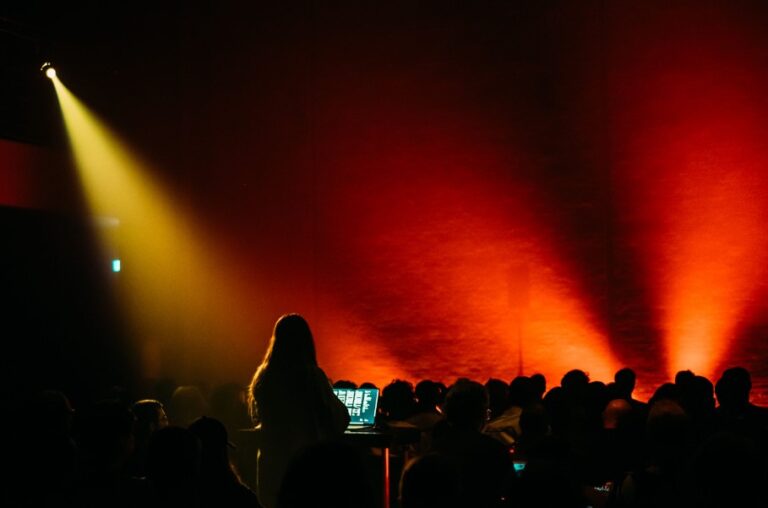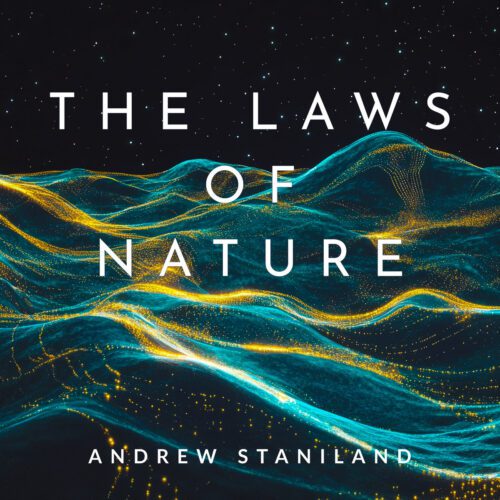Science-fiction twilight, biomechanical arthropods, urban landscape, horror film, canine memories, naturalistic fascination… all these associations were likely to be made during the closing night of Akousma, Friday evening at Usine C.
The common thread running through Friday evening’s program seemed to be a compositional approach borrowing heavily from music to image… cinema for the ear, as composer and teacher Michel Tétreault would say.
What we gain in immersion, however, we lose in the sense of musical development. In a world beset by screens, this is surely not surprising. Unless it’s us, the audience, who are now incapable of dissociating our listening from these images…
Whatever the case, every year Akousma succeeds in offering a fine sample of the state of the art in digital music. Even if electroacoustic music still belongs to the academic world, today it is a source of increasingly diverse aesthetics, and all the better for it. Here, then, is Akousma’s final right, the last of the 6 blocks on the program.
Julien Racine
Hamelin
Julien Racine built his Hamelin piece with dense yet harmonic textures. The most striking element of the piece was the sonorities that hinted at technological malfunctions. In particular, many of the voices were filtered, granulated or pitch-shifted, sounding as if they had come straight out of an old communication device trying to listen to a lost transmission.
After this highly successful section, the piece evolved into something more dissonant. First, a texture of steadily rising pitches seemed to spin over our heads. Then, this tableau took on nightmarish twists and turns, echoing distant cries, laughter and complaints. With no program notes, it wasn’t easy to sort out this chain of events. Especially when it came to the barking heard around three-quarters of the way through the piece!
Olivier Alary
Présences imaginées
Olivier Alary’s Présences imaginées also gave us the impression of a nightmarish sound design. Voices and screams could be heard in the thickness of the sound mass. But in addition to these recognizable elements, there was a striking abstraction throughout most of the piece. One texture metamorphosed into another, and we moved easily from extreme density to sparse granules.
It’s only at the end that birdsong suddenly transforms this abstruse scene into a much more mundane affair. That and the sounds of waves buried beneath the texture in the opening minutes. The immersion was again very successful, but the compositional coherence was a little less so, in my opinion.
Felisha Ledesma
Uppender
After a quickly solved technical problem, American-Swedish Felisha Ledesma broadcast her piece ‘Uppender’, a very ambient track, much more hushed than the others. The equalization work made the sound layers soft and warm, traits amplified by the abundant use of reverb. The work also gradually became more harmonic, accentuating its bewitching aspect.
Although there were a few moments when muffled jerky sounds interrupted, the piece almost always retained its lightness, as if everything were weightless. Here too, the formal development was disappointing, something that a small peak of intensity towards the end failed to rescue.
Photo Credit: Caroline Campeau
























